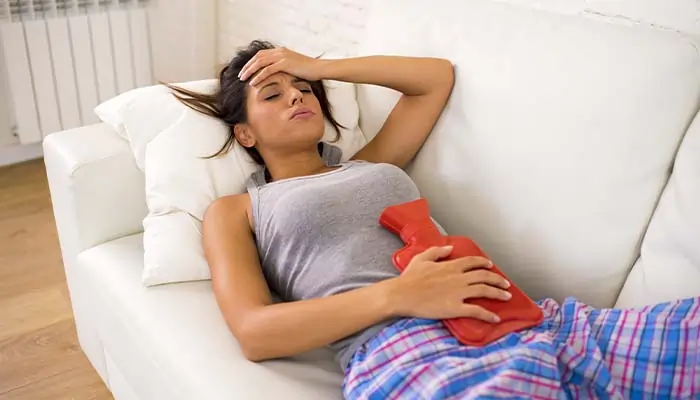Advertisement
Medical Treatments for Menstrual Pain
If natural remedies and lifestyle changes aren’t enough to alleviate menstrual pain, several medical treatments can help.
Over-the-Counter Pain Relievers
Nonsteroidal anti-inflammatory drugs (NSAIDs) are commonly used to reduce menstrual pain.
Ibuprofen (Advil, Motrin)
- Ibuprofen can help reduce pain and inflammation. Follow the dosage instructions on the label.
Naproxen (Aleve)
- Naproxen is another NSAID that can help reduce menstrual pain. Follow the dosage instructions on the label.
Prescription Medications
If over-the-counter pain relievers aren’t effective, your doctor may prescribe stronger medications.
Prescription NSAIDs
- Your doctor may prescribe a higher dose of NSAIDs if over-the-counter options aren’t effective.
Hormonal Birth Control
- Hormonal birth control methods, such as birth control pills, patches, rings, or intrauterine devices (IUDs), can help reduce menstrual pain by regulating or eliminating periods.
Hormonal Therapy
For women with conditions like endometriosis or fibroids, hormonal therapy can help reduce menstrual pain.
Gonadotropin-Releasing Hormone (GnRH) Agonists
- GnRH agonists can reduce the production of estrogen and help relieve pain caused by endometriosis or fibroids.
Progestin Therapy
- Progestin therapy can help reduce menstrual pain by thinning the lining of the uterus.
Surgical Options
In severe cases, surgery may be necessary to treat conditions causing menstrual pain.
Laparoscopy
- Laparoscopy is a minimally invasive surgery used to diagnose and treat conditions like endometriosis and fibroids.
Hysterectomy
- In severe cases, a hysterectomy (removal of the uterus) may be necessary to eliminate menstrual pain.










